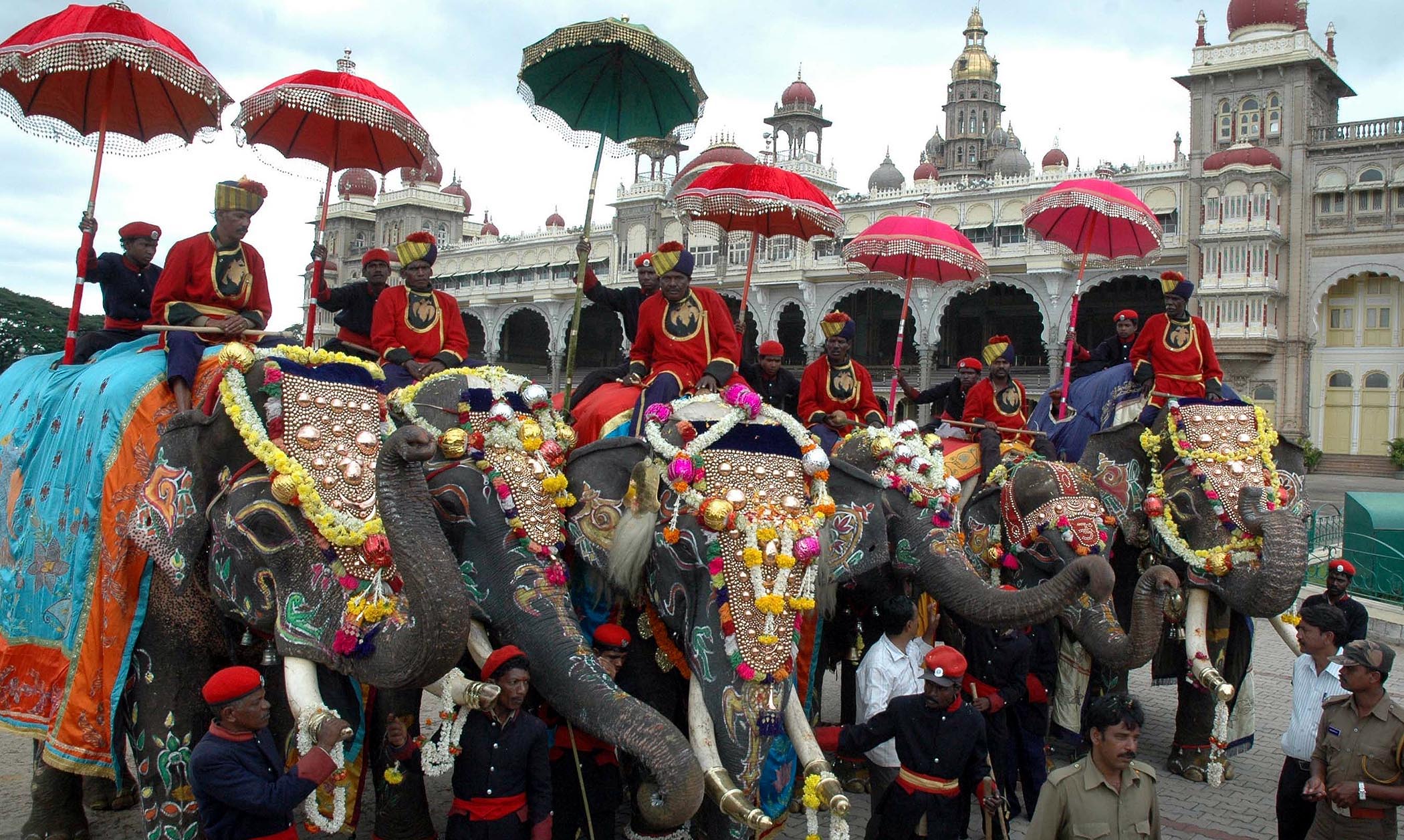The happening of Kurma Avatar
The Ten Avatar (Dasavatar) of Lord Vishnu are: Matsya, Kurma, Varaha, Narasimha, Vamana, Parashurama, Rama, Balarama, Krishna, Buddha and Kalki.
Kurma Avatar is the 2nd avatar that Lord Vishnu took to bring an end to the chaos in the universe. This avatar occurred in the Satya Yuga. Kurma means tortoise, wherein Lord Vishnu took the form of a giant tortoise to help the Devas regain their lost powers.
The Kurma Avatar is mainly described in the Bhagavad Purana, Agni Purana and in the Ramayana. Kurma Purana is one of the major eighteen Puranas, which was directly narrated by Lord Vishnu to the sage Narada, which contains the details of this avatar.
The Happening of Kurma Avatar
Once sage Durvasa gifted a garland to Indra – lord of the Devas, but Indra put the garland on his elephant’s head. The elephant threw it on the floor and stamped it. Seeing this Durvasa got angry and cursed Indra. Due to this curse the Devas lost their power and glory, and in the fight with the Asuras they were on the losing side. Devas were not able to win over the Asuras and the war continued for a long time. Devas went to Lord Vishnu for help. Lord Vishnu told them to churn the Ocean of Milk using mount Mandara as the churning stick to get the amrita – the nectar from the ocean. By drinking this amrita they would regain their lost powers and glory.
So the Devas went to lift the mountain but they were unable to do so. So they made a deal with the Asuras and said that they both together would churn the ocean and in return would share the amirta with them. So Devas and Asuras both together started churning the ocean with mount Mandara, using Vasuki the king of serpents, as the churning rope. During the churning the Mandara started to sink to the bottom of the ocean. So Lord Vishnu took the form of a tortoise and held her on His back till the churning was over. Fourteen precious treasures came out of the ocean and the end emerged the amrita – the nectar. But the Asuras took hold of the amirta. So Lord Vishnu again took the form of a beautiful lady, Mohini and distracted the Asuras and distributed the amrita amongst all the Devas. After drinking the nectar the Devas regain their powers.
Temples for Kurma Avatar
There are three temples dedicated to this incarnation of Vishnu in India:
Kurmai in Chittoor District of Andhra Pradesh
Sri Kurmam in Srikakulam District of Andhra Pradesh, and
Gavirangapur in the Chitradurga District of Karnataka,
The name of the village Kurmai mentioned above originated as there is a historical temple of Kurma Varadaraja Swamy (Kurma Avatar of Lord Vishnu) in this village.
The Fourteen Treasures from the Ocean of Milk
The 14 treasures yielded during the churning were divided between the Devas and Asuras. The treasures included:
- Wish-fulfilling tree Kalpavriksha
- Wish-fulfilling cow Kamadhenu or Surabhi – was given to the Rishis for her products to be used in yagnas
- Wish-fulfilling gem Chintamani/Kaustubha became Lord Vishnu’s possession
- Seven-headed flying horse Ucchaishrava – went to the Asuras
- Six-tusked elephant Airavata – became Indra’s prized possession
- Panchajanya Conch which became Lord Vishnu’s
- Bow of king Saranga – became the Asura’s possession
- Beautiful nymphs Rambha, Menaka and others – went to Devaloka for the entertainment of the Devas
- Moon-god Chandra – came to adorn Lord Shiva’s jatta
- Goddess of wine Varuni – went reluctantly with the Asuras
- Physician Dhanvantari who emerged with the Amrita, became the Vaidya of the Devas
- Lakshmi, Goddess of Fortune – became Lord Vishnu’s eternal consort
- Amrita, the Elixir of Immortality – which, with connivance of Mohini, went to the Devas
- Poison Halahal – was swallowed and held in the throat by Lord Shiva
References:
- http://www.ruchiskitchen.com/second-kurma-avatar
- https://en.wikipedia.org
- http://ritsin.com
- http://mesosyn.com/myth2h-1.html
- https://en.wikipedia.org/wiki/Samudra_manthan
By – Ma Nithya Satyagjnanananda Swami











